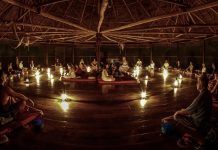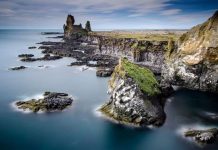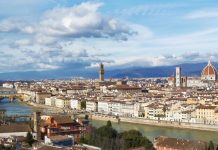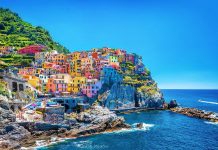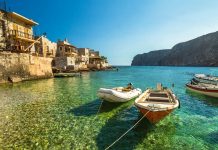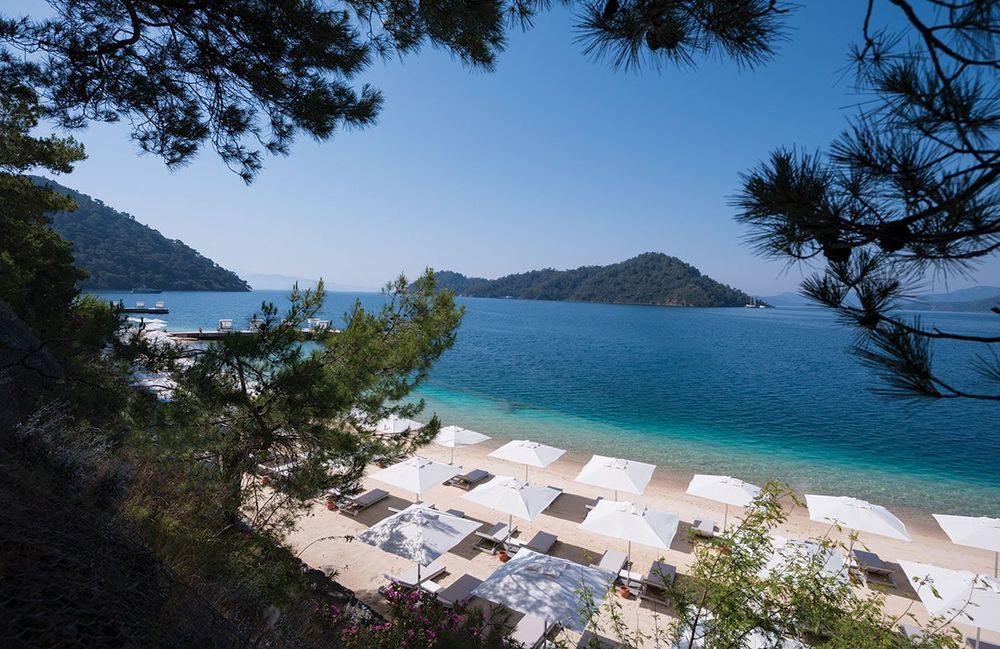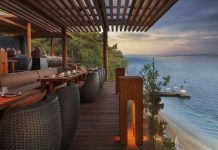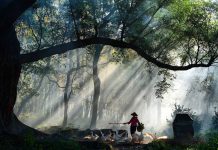After the harsh landscapes of Central Anatolia, this vast expanse of water surrounded by snow-capped mountains looks deceptively promising beaches and water sports. Lake Van has a huge entertainment potential, but nothing is really developed yet and there is not enough proper infrastructure. The pleasant side: the nature here is very picturesque and practically untouched.
The most conspicuous object on the map of Southeastern Turkey is the lake, which occupies an area of 3,750 sq. km. It was formed when the Nemrut-Dag volcano blocked the natural drain.
Traveling along the southern shore of the lake from Van to Tatvan, you will enjoy beautiful views, but there is practically no point in stopping anywhere – except for one place 5 km west of Gevash, where on Akdamar Island there is a church of the Holy Cross built in the X century, which you definitely need to see.
Attractions
As in Akhlat on the northern shore, the cemetery in Gevash is full of tombstones erected in the period from the XIV to the XVII century. The multifaceted mausoleum of Halime-khatun turbesa, built in 1358 for a woman from the Kara-Koyunlu dynasty, is noteworthy.
Akhtamar, Holy Cross Church
One of the greatest wonders of Armenian architecture is this carefully restored church. It is located 3 km from the coast, on an island that can be reached by motor boat.
In 921, the ruler of Vaspurakan Gagika Artsruni built a palace, a church and a monastery on the island. Little remains of the monastery and the palace, but the church walls are in excellent condition, and the wonderful relief carvings on them belong to the masterpieces of Armenian art. If you are familiar with the biblical stories, you will definitely recognize Adam and Eve, Jonah and the whale, David and Goliath, Abraham sacrificing Isaac, Daniel in a pit with lions, Samson, etc. There are several frescoes inside the church.
Altynsach kilesi
Another relatively well-preserved Armenian church, Altynsach, is located on a hill overlooking the lake. If you are driving your own car, include it in your route.
After leaving Akdamar, drive 12 km in the direction of Tatvan until you reach the intersection. Turn right onto the road leading to Altynchach – it is marked with a sign. After 3 km, the asphalt pavement ends and turns into gravel. The road goes around the shore of the lake for another 14 km, after which it leads to the village of Altynsach. Another 2 km from the village there is a church, which can be seen from afar.
A trip along the northern shore of Lake Van from Tatwan to Van is even more colorful than a trip along the southern shore.
AHLAT
Another 42 km along the shore of the lake on the road from Tatvan, and you find yourself in the underrated city of Akhlat, famous for its wonderful tombstones and cemeteries of the Seljuk Turks.
Founded during the reign of Caliph Omar, Akhlat became a stronghold of the Seljuks in the 1060s. When the Seljuk Sultan Alp-Arslan advanced to meet the Byzantine Emperor Roman Diogenes in the Battle of Manzikert, his base was just Akhlat.
Directly to the west of Akhlat, 300 m from the highway, there is a multi-faceted overgrown tomb of the XIII century, the Mouth of Shagirt Kumbeti. It is the largest Seljuk tomb in the region.
Further along the highway, on the left, there is a museum, behind which there is a huge cemetery Seljuk Mezarlygi, whose glassy tombstones are made of lichen-covered red volcanic tuff. They are covered with Kufic writings and intricate images of cobwebs.
For centuries, earthquakes, wind and water have moved these stones, and now they stand at various angles – a spectacular sight against the backdrop of the imposing Nemrut-Dag Mountain. Crows sit on most of the stones as guardians, and turtles slowly crawl between the ruins.
In the north-eastern part of the cemetery there is an unusual structure: a mosque and the tomb of Bayyndyr; the entrance is decorated with columns, there is a mihrab.
The small museum has a nice collection, including Urartian bronze buckles and needles, as well as several Byzantine necklaces made of glass beads.
Other attractions include Chifte Gumbet, about 2 km from the museum towards the center, as well as Khalat Sahil Kalesa, located south of Chifte Kumbet and built under Suleiman the Magnificent.

